Federal Energy Regulatory Commission (FERC) recently approved 3 transmission build incentives for NV Energy’s $2.5B Greenlink project. Transmission build takes much planning, time and dedication to see the finished product that is likely produced after a decade and half worth of work.
Background: Congress added to section 219 to the Federal Power Act (FPA), which required FERC to issue rules providing for certain kinds of transmission incentives. Section 219(a) makes it clear, however, that transmission incentives granted by FERC can only pass muster if they lead to consumer benefits in the form of enhanced reliability and/or lower power costs. Section 219 also provides that all incentive rates granted under the statute must meet the FPA’s just and reasonable rate requirements.
3 Incentives FERC Approved for Greenlink
1. Recover all prudently incurred costs if the project is abandoned or canceled for reasons outside of NV Energy’s control
2. The deferral of pre-commercial costs through the creation of a regulatory asset
3. To include all “construction work in progress,” called CWIP, in the utilities’ rate base instead of waiting for a rate case after the project is built.
#1 aids in risk reduction by recovering costs if the project is cancelled beyond utility’s control. #3 is an example of return enhancing incentives.
Over the last 25 years, four major FERC orders, No. 888, 2000, 890 and 1000, each made incremental progress building regional transmission infrastructure (see below for recap of these orders). Yet, 1/3 of transmission built today is replacing aging infrastructure pending the area of the country. Many different changes are happening in the industry today: (1) demand patterns (2) onset of clean energy transition for both utility scale and DERs (distributed energy resources) and more.
I see these benefits when it comes to transmission build:
1. Reliability
2. Reducing Congestion/Increasing Transfer Capability
3. Providing access for low-cost generation to reach populated load centers
Qcells USA Corp. is developing over 10 GWs of PV+S and BESS across the country. Transmission is an essential piece for project developers to interconnect.
It has just been over a month since U.S. Department of Energy (DOE) released their draft on National Transmission Needs Study. Within that study, median model results suggest 47,300 GW-mi of new transmission will be needed nationwide by 2035 to meet the scenario conditions of this group, a 57% growth in today’s transmission system. Regions in greatest need of transmission growth are the Southeast, Texas, Plains, and Midwest.
In just the Midcontinent Independent System Operator (MISO) territory alone, a 2020 analysis by the Natural Resources Defense Council’s Sustainable FERC Project found that “245 clean energy projects that had reached advanced stages of development were withdrawn between January 2016 and July 2020,” mainly due to grid congestion and the resulting high costs of grid upgrades. Developers have seen costs as high as $80M for grid upgrades for a 100MW project.
On 4/3/23, California ISO (Independent System Operator) published a draft of its 2022-2023 Transmission Plan. It reflects a more proactive and strategic approach to studying and recommending new infrastructure needed to reliably and efficiently meet California’s clean-energy objectives over the next decade (as required from Senate Bill 100). It took more than a year of engagement and close coordination with the state’s regulatory agencies such as California Public Utilities Commission (CPUC) and the California Energy Commission (CEC), load-serving entities and other key stakeholders to better synchronize power and transmission planning, interconnection queuing and resource procurement for this draft plan.
Using this new approach, the plan calls for 46 transmission projects with a total estimated cost of $9.3 billion. The vast majority of the projects will be built in California, supporting 40GWs of new resource development in strategic zones that make the most economic and operational sense for transmission upgrades. Costs to consumers would translate to approximately 0.5 cents per kWh over the life of the projects, phased in through the rate-design process between utilities and their regulatory authorities as the new facilities come online. Expect stakeholder discussion and comments before this Plan goes to the Board of Governors for approval in May 2023.
I am writing this article to start discussion on what further/other incentives or dialog is needed to drive transmission build? Is there enough incentive today based upon ROE (Return on Equity)? To many incentives could turn overly costly to consumers, thus should there even be further incentives?
I encourage the industry to put our heads together on how we can reach/build the finish line for transmission across the country. Developers are working to obtain POIs (Points of Interconnection) and need ATC (Available Transmission Capacity) in order to submit GIRs (Generator Interconnection Requests).
For reference, recap of FERC orders:
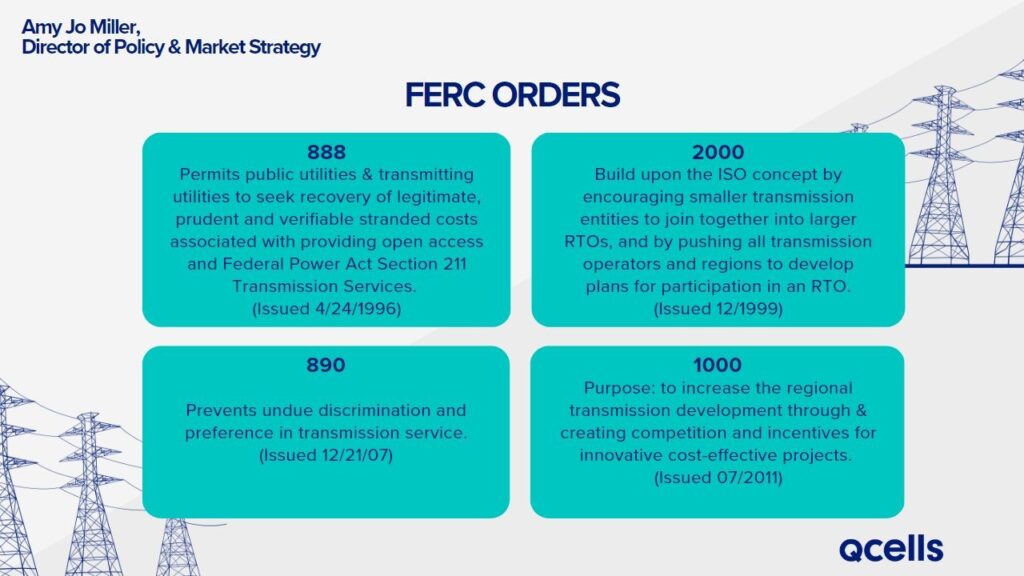
To read more blog posts from Amy Jo Miller, please see her blog here.
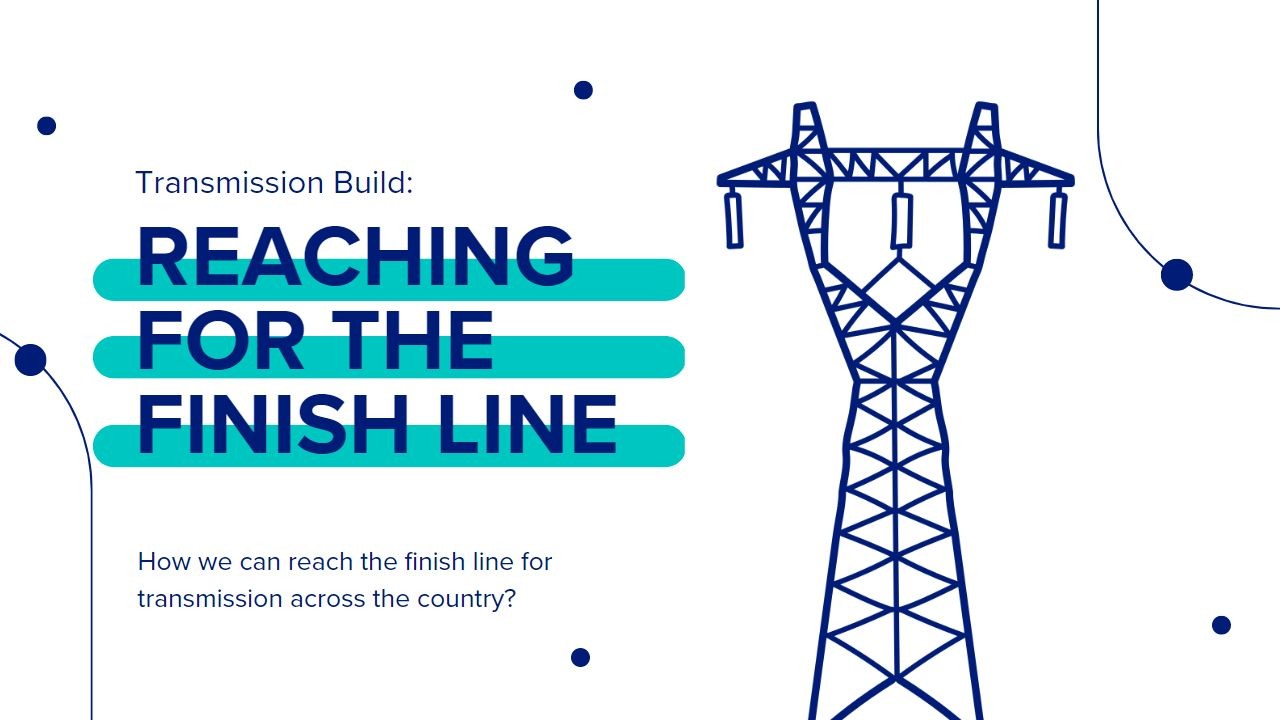
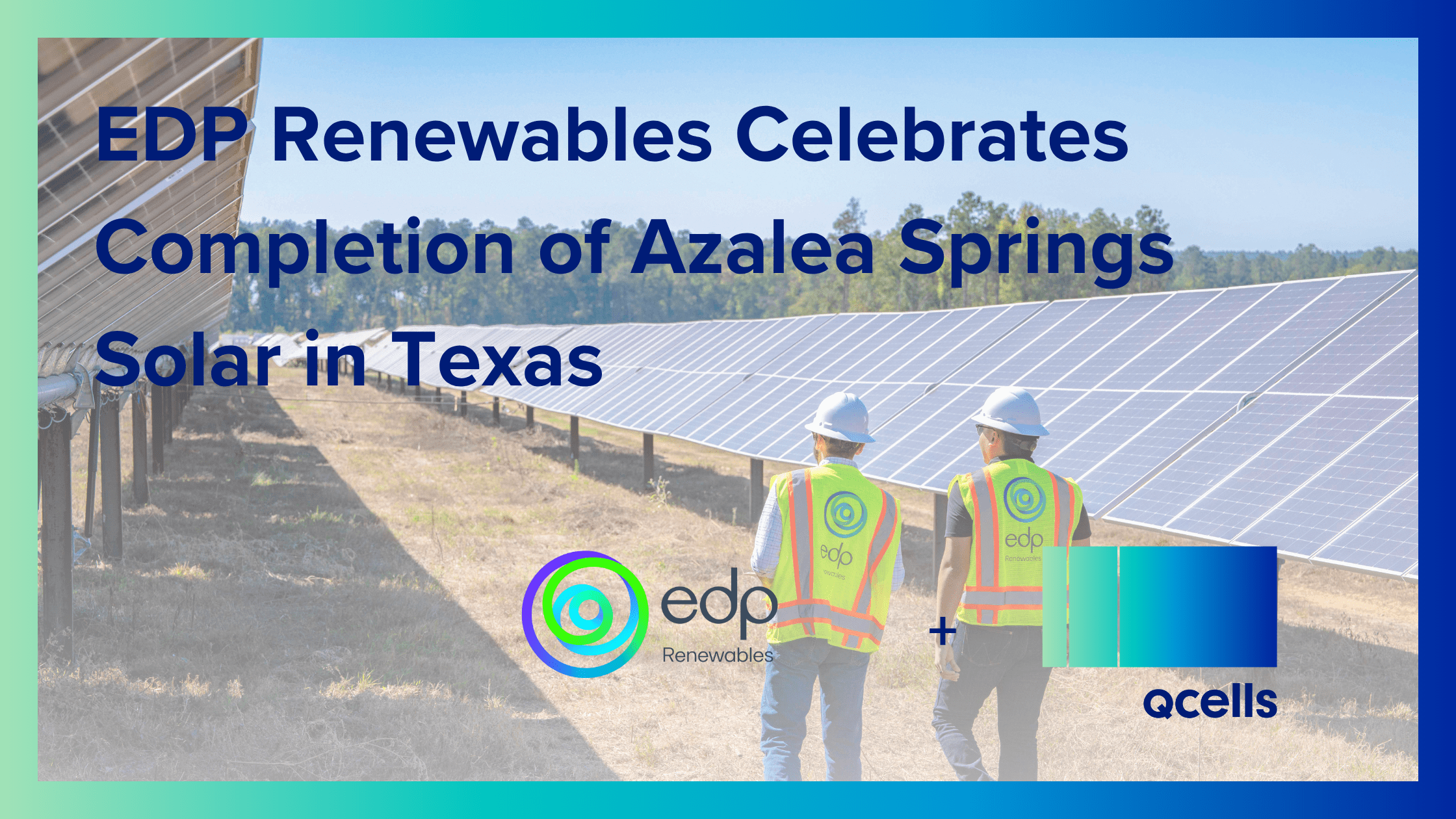
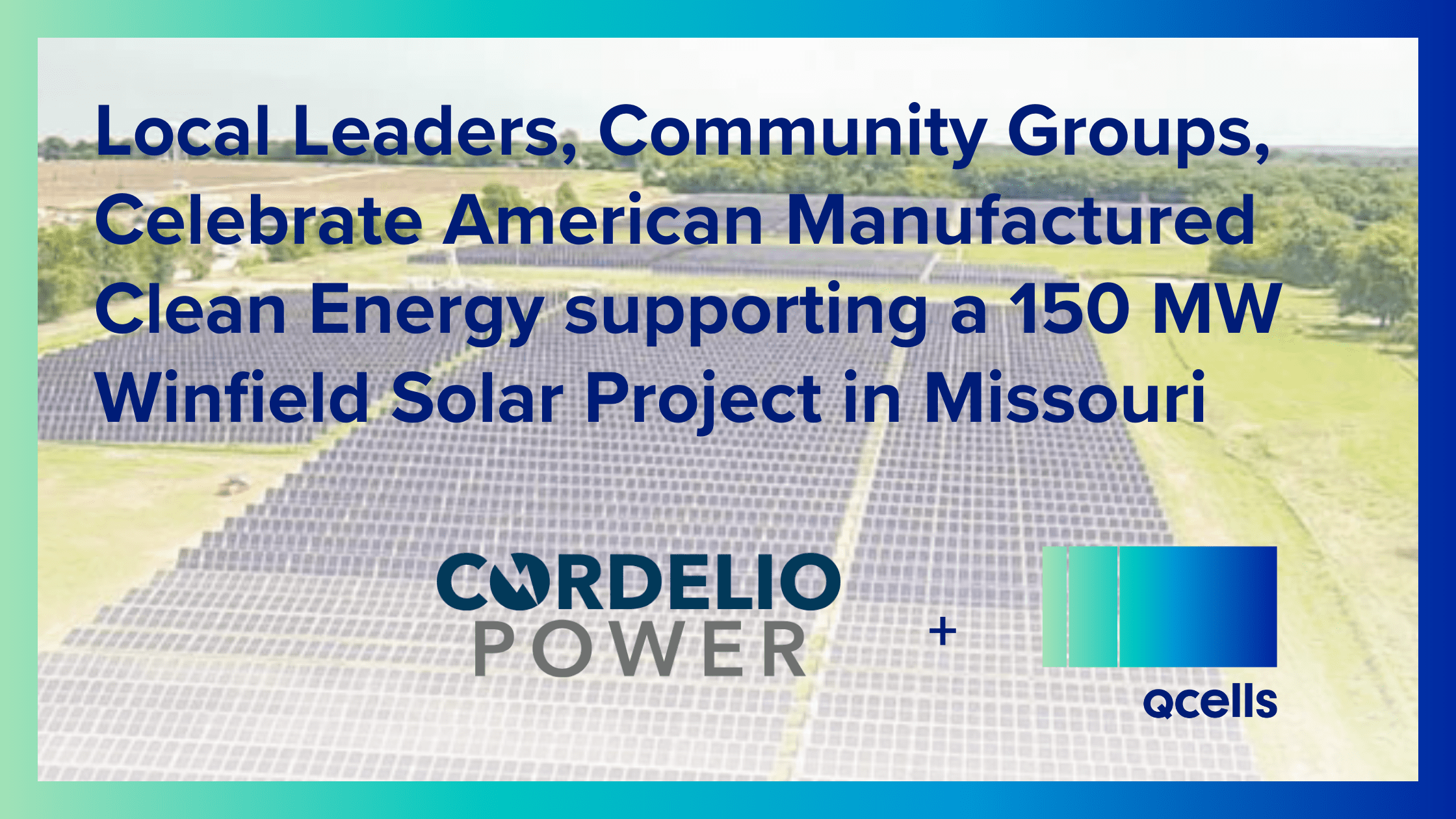
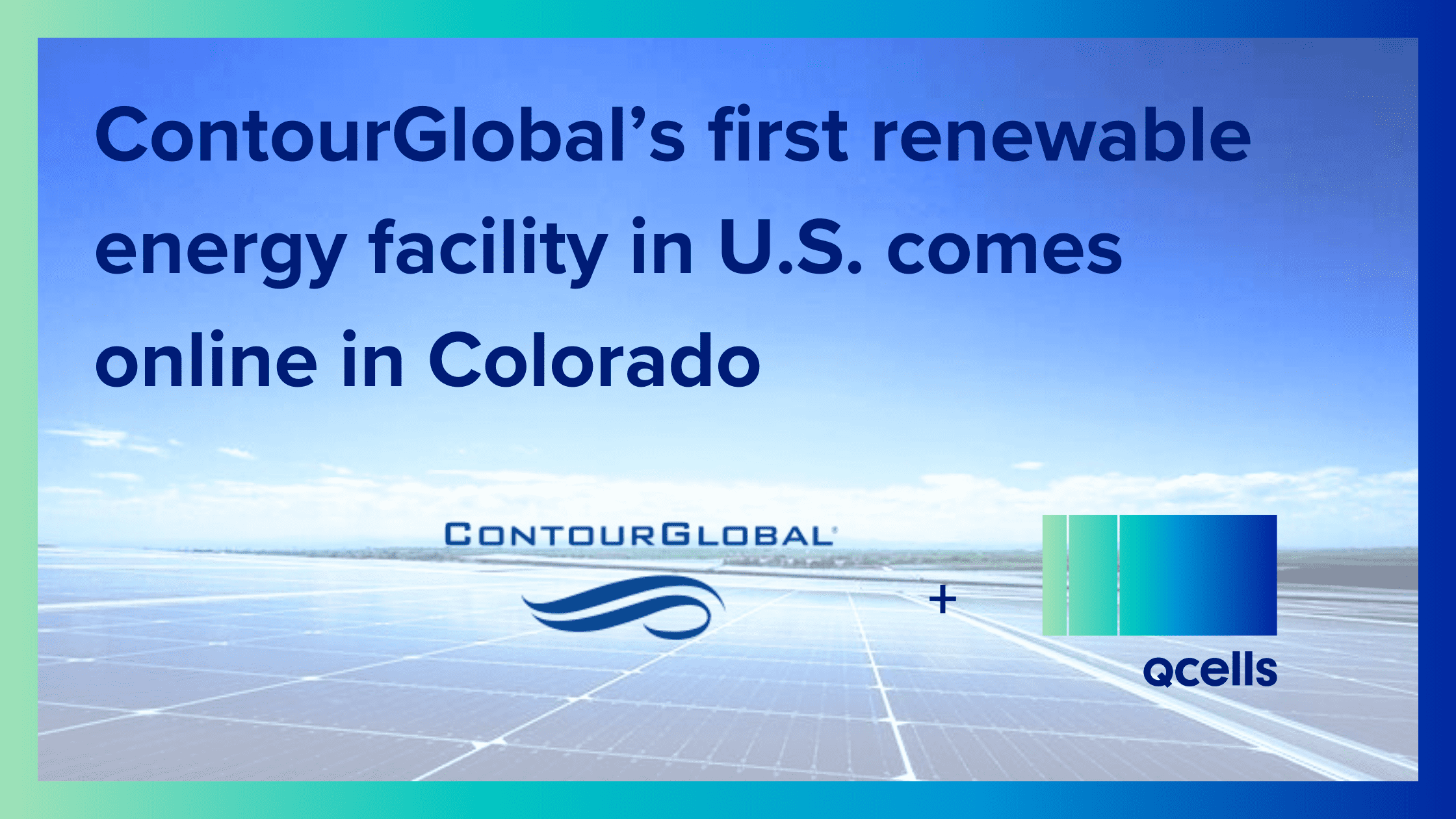
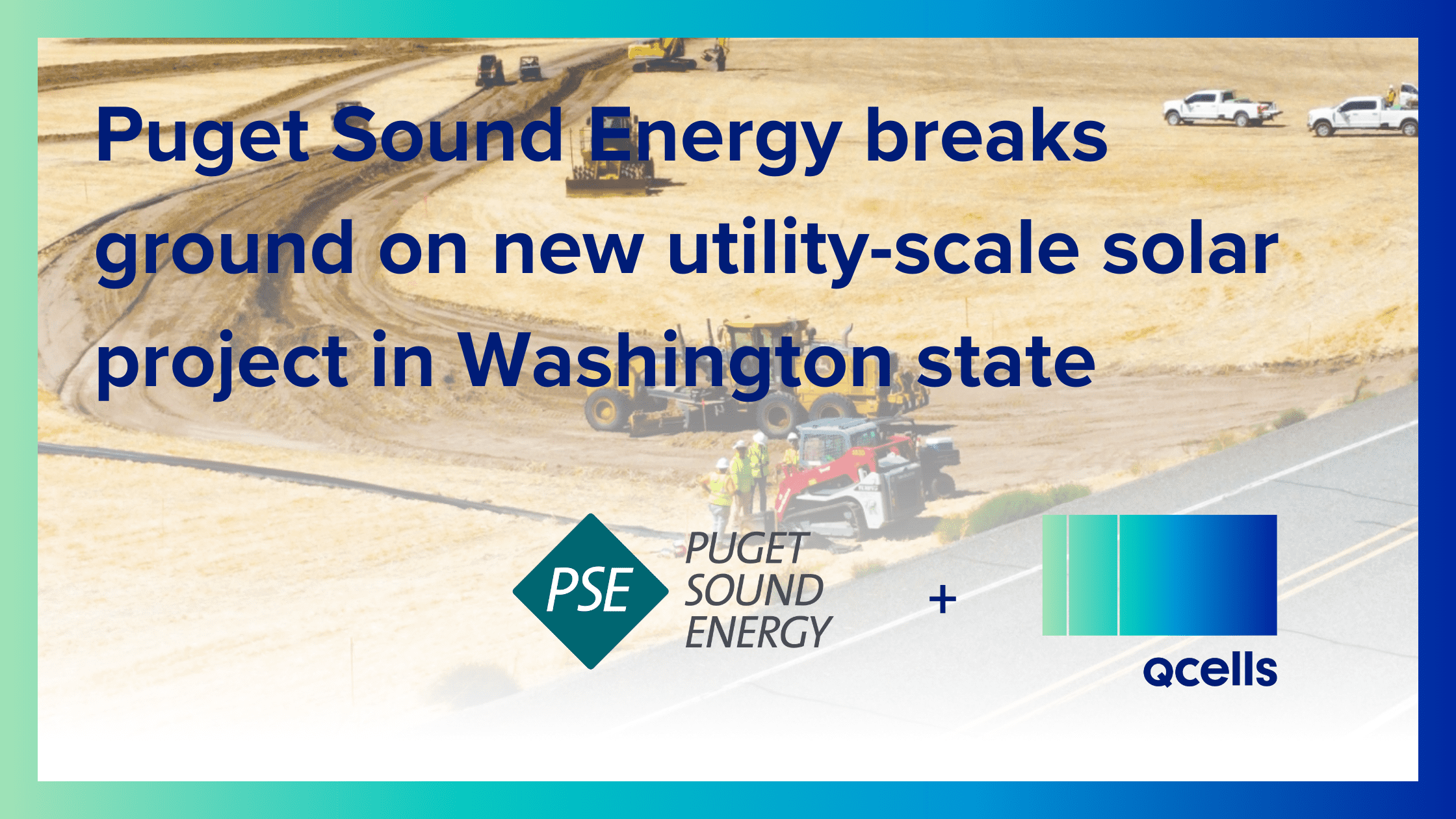
 USA & Canada
USA & Canada Korea
Korea Germany
Germany United Kingdom
United Kingdom France
France Italy
Italy Netherlands
Netherlands Greece
Greece Poland
Poland Portugal
Portugal Hungary
Hungary Spain
Spain Japan
Japan